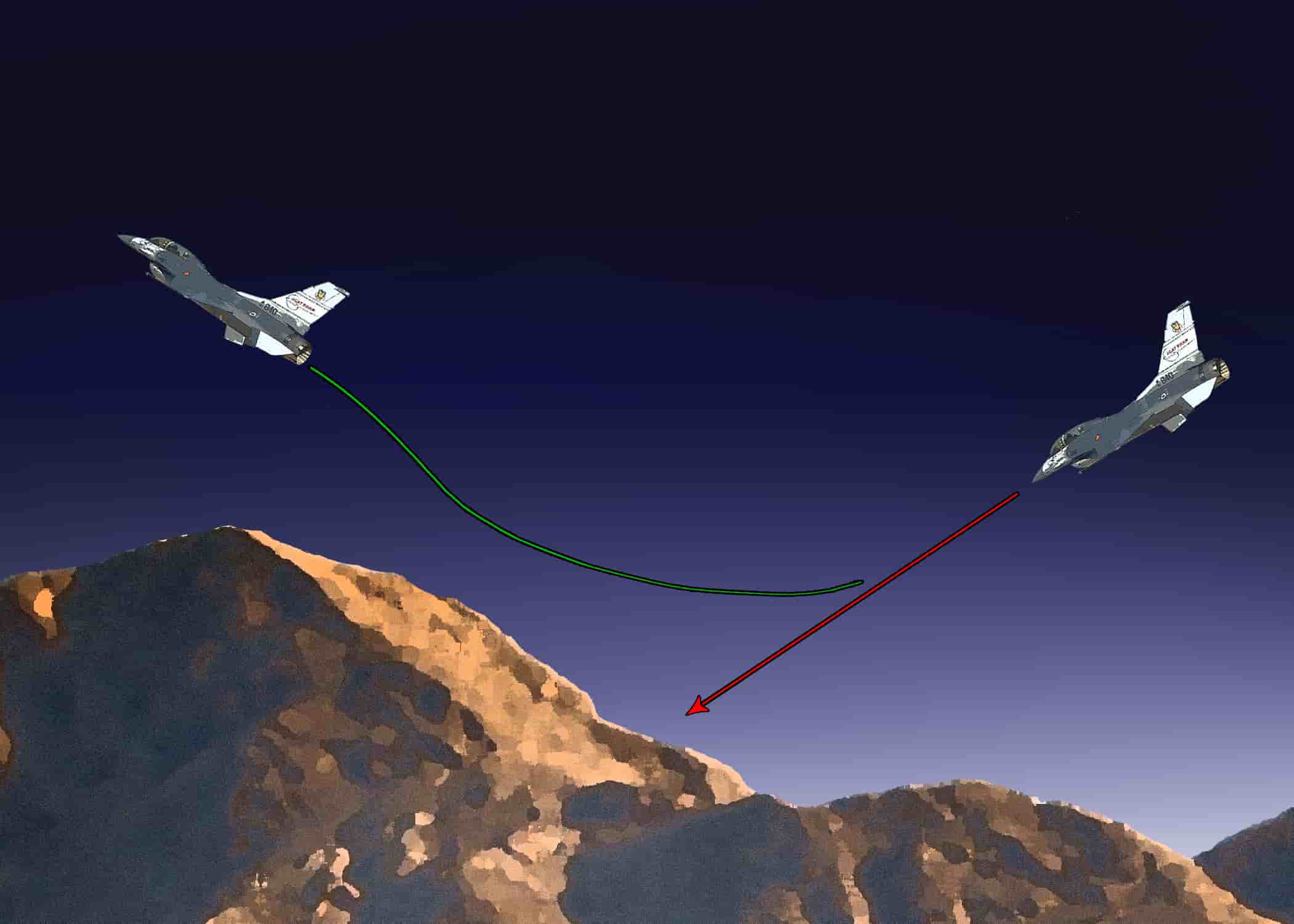Civil Engineering
Collision avoidance system
Akshay

There are many developments made due to growing technology. Various technologies have been developed to improve transportation like bullet trains, drone taxi, etc.
Read more..
Many modern systems should be developed where the train can be monitored automatically.
The above project will discuss the automatic train detection and monitoring system will prevent the train collision.
There are many failures which may happen in the trains i.e. due to human error, faulty brakes, and due to inefficient track system
Objectives
- To check all the trains which are active
- To check the current status of the trains
- To determine if there any risks, after some time
- To take suitable actions such that the collision can be prevented
- To provide a system which supports real tracking
- To provide information automatically to the authority
Methodologies
- Radio frequency identification system (RFID): This system helps to identify the trains and to track them by radiofrequency
- Node MCU microcontroller system: It is an open-source to provide IoT platform
- Wi-Fi module: This is used to access internet connection
- Hall effect sensor: This is used so that small cracks can be detected in the track and the train can be prevented from the accident.
- Application programming interfaces (API): This is used for both the storage of data and also the retrieval of that data.
- Algorithm programming: This is provided such that train collision can be prevented
 Did you know
Did you know
Skyfi Labs helps students learn practical skills by building real-world projects.
You can enrol with friends and receive kits at your doorstep
You can learn from experts, build working projects, showcase skills to the world and grab the best jobs.
Get started today!
Working principle
- RFID tags are maintained on the tracks at a distance of 600 meters.
- RFID reader is installed at the bottom of the railway engine to a height where the RFID tags can be sensed.
- Hall sensors are placed at the bottom facing track so that it can always sense the metal track.
- This segment is provided with a small current to make the metal track conducting. This helps in producing a magnetic field which is taken by the sensor.
- These are now converted to a magnetic field of suitable voltage.
- Tracks which have cracks in them will show high voltage so that we can take the necessary steps to prevent the accident.
- Sometimes there are voltages which are out of threshold range, the system considers that there are cracks.
- When a train moves over a tag RFID reader it reads the underneath tag and sends the obtained value to cloud so that the database gets updated.
Conclusion
- It can be seen that train collision is successfully adopted
- There are some disadvantages like a component failure. This can be avoided by developing new systems
- Hence further development should be carried so that an efficient system is produced.
Latest projects on Civil Engineering
Want to develop practical skills on Civil Engineering? Checkout our latest projects and start learning for free
Kit required to develop Collision avoidance system:
Technologies you will learn by working on Collision avoidance system:
Collision avoidance system
Skyfi Labs
•
Published:
2019-08-13 •
Last Updated:
2021-05-12
 Looking to build projects on Civil Engineering?:
Looking to build projects on Civil Engineering?:
 Did you know
Did you know